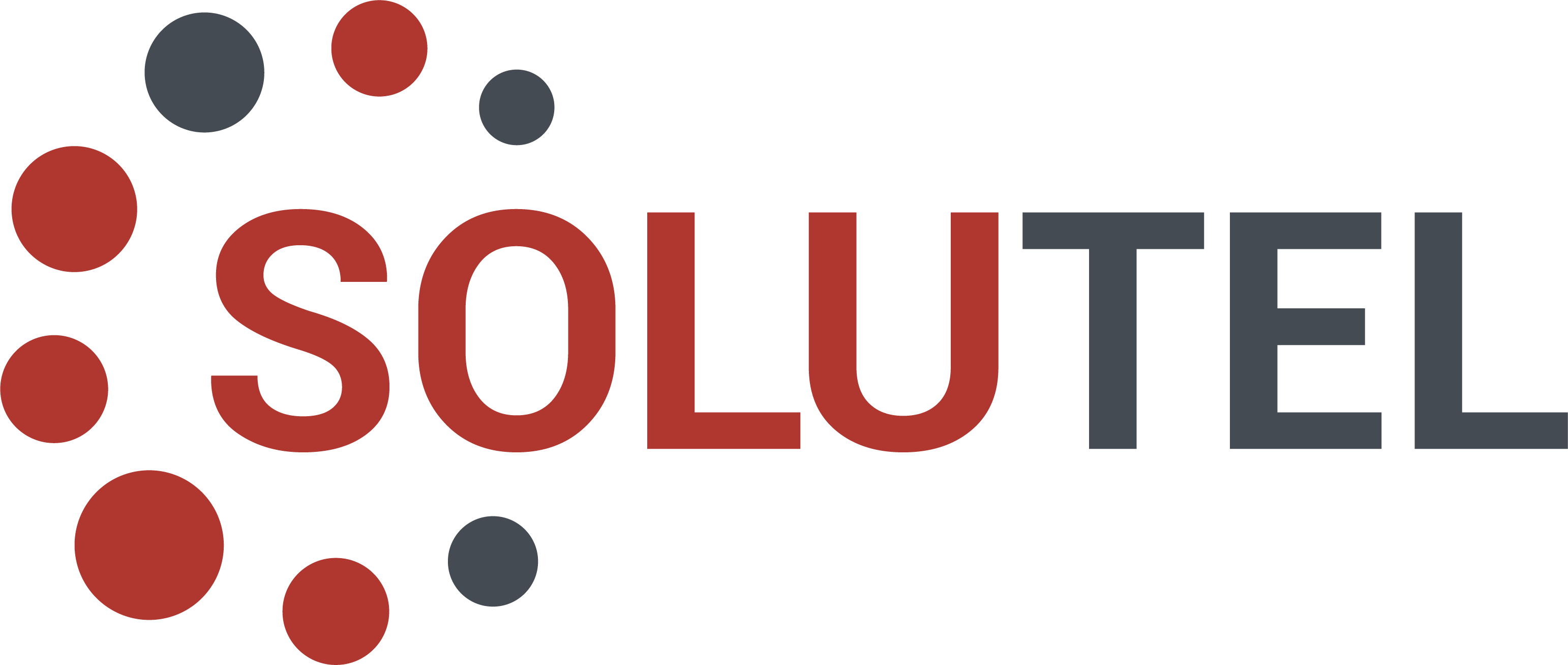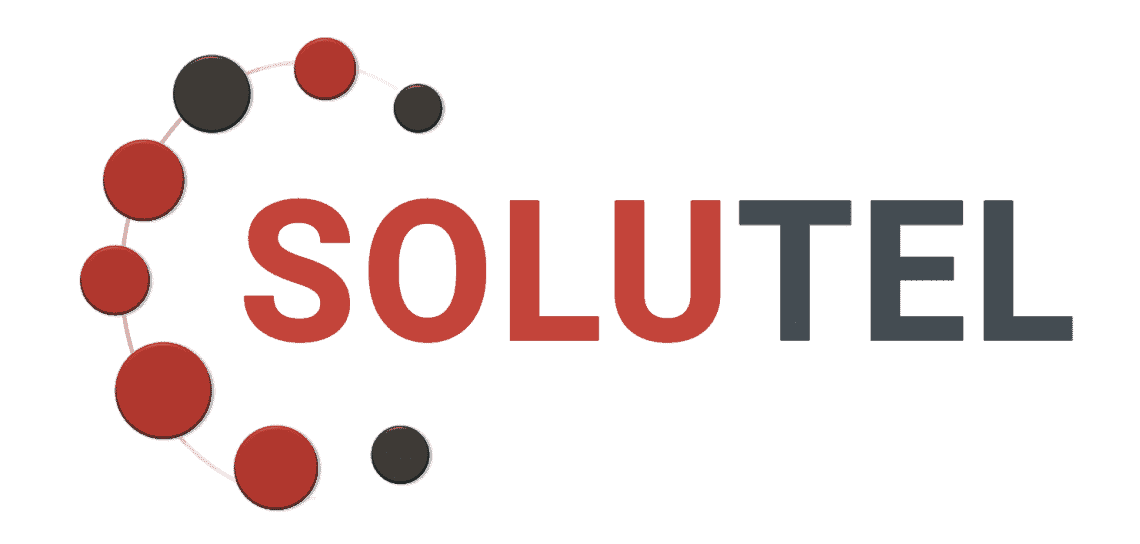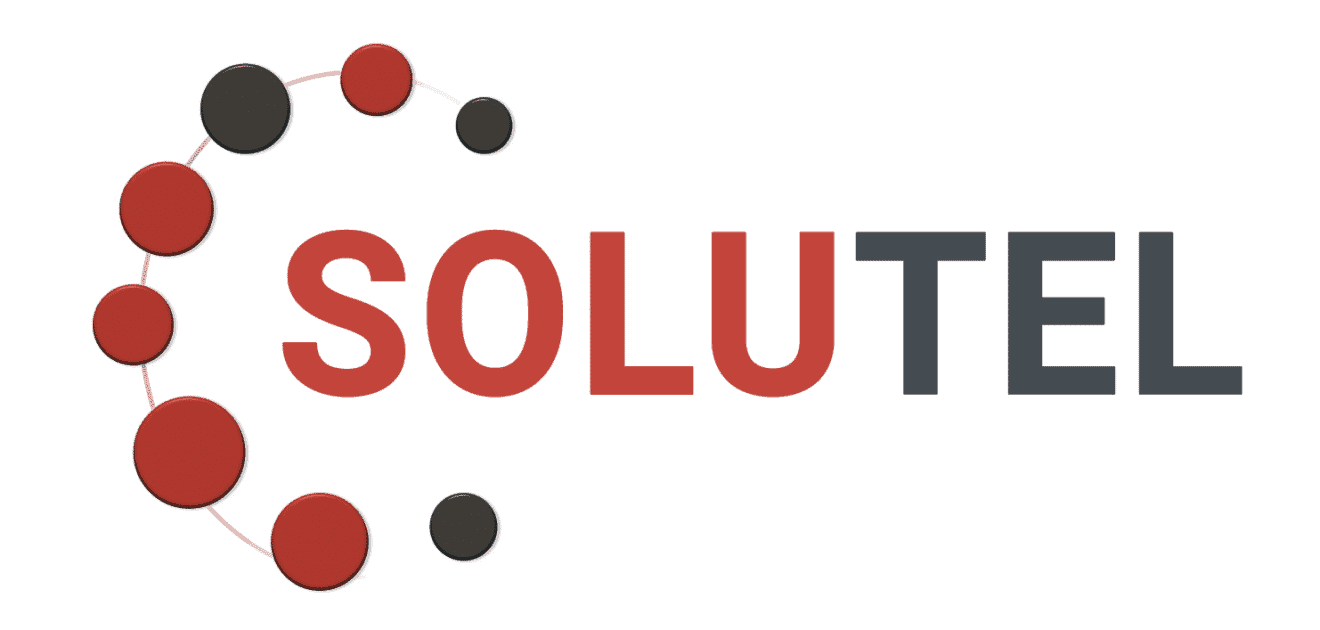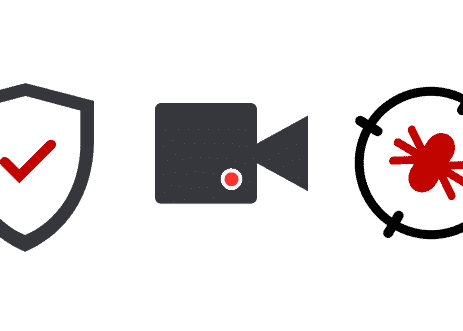CISCO AMP for endpoints, prevents attacks and blocks Malware at the point of entry.
CISCO AMP for endpoints, prevents attacks and blocks Malware at the point of entry
AMP for endpoints offers comprehensive protection against the most advanced attacks. Not only avoids breaches and blocks malware at the point of entry , but also detects, stops and provides a quick solution to threats if they elude front-line defenses and sneak in. If something finally gets in, AMP provides a continuous threat detection and monitoring to quickly detect malicious behavior and response capabilities to quickly contain and eliminate threats before damage occurs. To prevent attacks, Talos team's global threat intelligence strengthens your defenses. File signatures, partial fingerprint matches, and other detection systems are used to block malware at the point of entry. We know that not all attacks can always be prevented and that some advanced malware might get in. In this case, AMP continuously logs and analyzes all file, process and communication activity on your endpoints to quickly detect threats. This continuous logging and analysis provides security teams with a holistic view of activity across all their endpoints including Windows, Mac, Linux, and mobile devices.AMP shows you all the history of the events recorded in the system.
This allows for what we call retrospective security. It's about going back in time to see everything that happened during the attack, providing a deep level of visibility, context, and control to quickly detect attacks, measure the threat, and remediate malware before it causes significant damage.When it comes to malware, timing is everything.
The average detection time in the sector is 100 days. AMP can detect malware in hours or even minutes. From AMP's in-browser management console, you can protect your organization. Threat indications help you identify attacks before they fully materialize. AMP automatically correlates file events with malicious behavior to discover and prioritize coordinated attacks.Traceability
Traceability shows you the entire history of a threat on a device. The origin of the threat, which causes affected applications, main processes, connections to remote hosts and unknown files downloaded by malware. Traceability allows you to switch between viewing one terminal and all terminals to see the machines affected by the threat. File analysis extracts information from the Threat Grid-powered sandbox to display even more details such as threat scores, behavioral indicators, screenshots of malware execution, and sample packet captures. Outbreak control lets you stop the advance of malware automatically with just a few clicks of the mouse. For example, if you see malware on a terminal and want to stop it from running on all terminals on the network, just right-click and add it to a block list to quarantine the file and stop running on all devices. terminals. Low prevalence shows files on all endpoints that have gone unnoticed and that only a few users have executed. This allows these files to be further analyzed to find out if they are malicious.The Vulnerable Software Role
It shows all the software on your endpoints that is currently vulnerable to malware so you can quickly fix it. AMP continually crosses files scanned in the past with the latest threat intelligence and quarantines files that were previously considered safe or unknown, but are now known to be a threat.AMP for Endpoints is part of the integrated security ecosystem that CISCO has designed to protect you.
Finally, in AMP for terminals it is not a product for specific moments and lacks synchronization. It includes an API to synchronize it with other security or SEM tools. Threat information is shared and correlated between endpoint AMPs in the network IPS, firewall, web proxies, mail gateways… Thus, if a threat is detected in one place, all the others are protected. Some of these capabilities allow:- make better security decisions,
- speed up investigations,
- simplify endpoint security management and
- greatly reduce the time to detect, contain, and remediate malware.
Share this post
Publications
related
User protection Don’t let it keep you awake at night!
In today's hyper-connected world, we need a proactive and dynamic zero-trust security approach that adapts to the evolving threat landscape and the increasing complexity of modern IT environments without slowing down your organizational innovation. The user protection suite that Solutel provides, as an expert in cybersecurity solutions, protects against all...
Why is observability important in cybersecurity? Splunk and CISCO
In today's hyper-connected world, data is everywhere and all organizations rely on it to manage their business and make critical decisions every day. Factor in the acceleration and adoption of generative AI, expanding threat surfaces and multiple cloud environments, and you create a level of complexity unlike anything organizations have faced....
Cisco XDR helps quickly detect advanced cyberthreats and automate response
With unique visibility across the network and endpoints, Cisco XDR Extended Detection and Response simplifies security operations and prioritizes and corrects incidents more efficiently. San Francisco (RSA Conference), April 25, 2023. - Cisco has presented during the RSA event its new Extended Detection and Response (XDR) solution and advanced features for...
Cisco Secure Firewall 3100 series
The 3100 Series firewalls are designed to make hybrid work and zero trust practical. They support more remote users and increase VPN performance. Clustering and the flexibility of high port density allow the firewall to grow with you, ensuring a solid return on investment. The Cisco Secure Firewall 3100 Series is...








